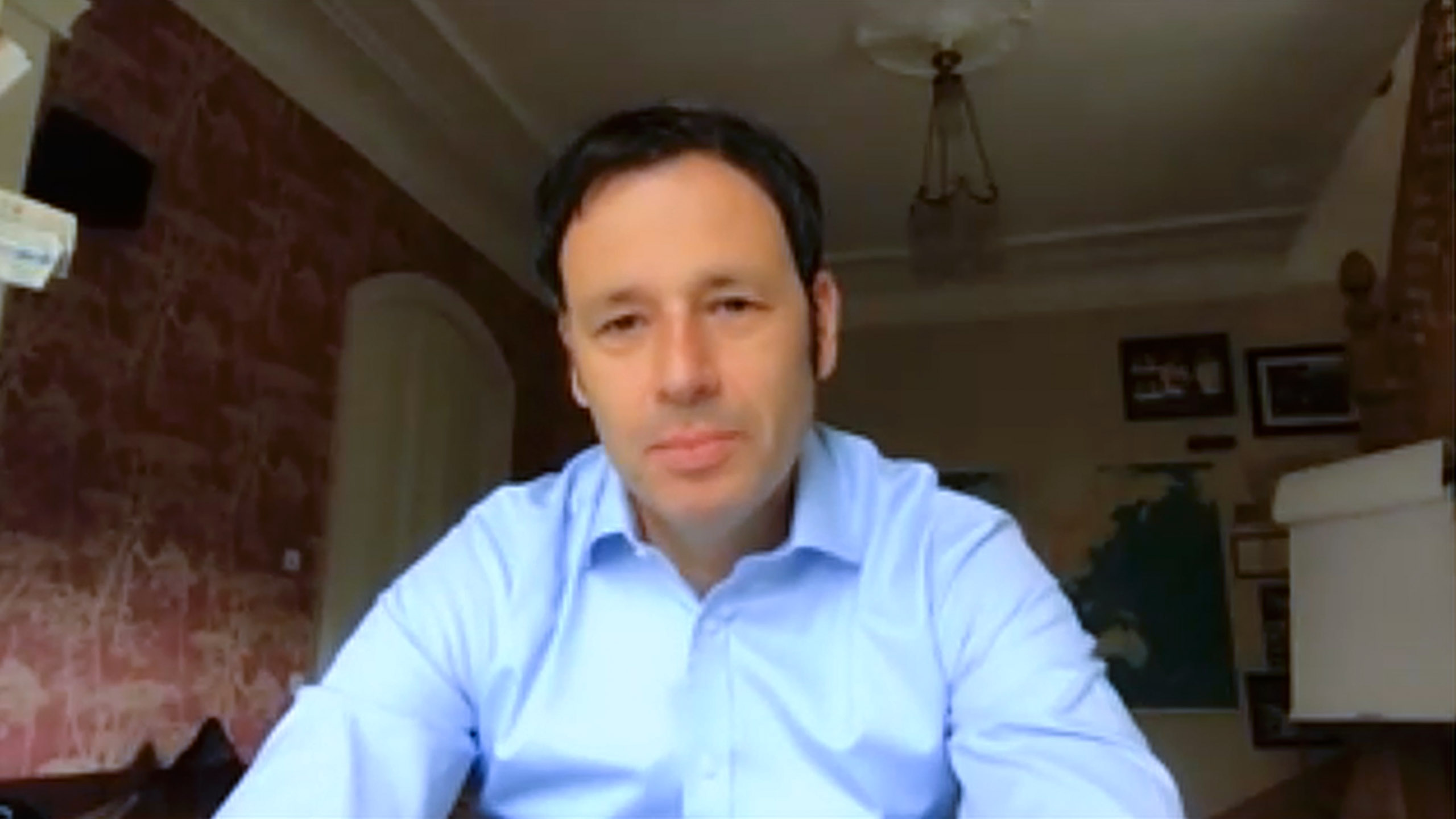
Hard Discounter Pricing Strategy
Former CEO, Lidl UK
inpractise.com/articles/discounter-pricing-strategy
Why is this interview interesting?
- How the hard discounters look at price positioning vs mainstream retailers
- How the price gap between Aldi and Lidl has evolved in the UK
Ronny Gottschlich
Former CEO, Lidl UK
Interview Transcript
In terms of pricing, this fundamental pillar of being very attractive, in terms of value for money. How does a discounter look at a price gap, versus a mainstream retailer?
Firstly, you would say, the bigger the price gap, the more advantage for the discounter. Full stop. That’s self-explanatory. The discounters would be looking at that, not in a sense of, we need to have that percentage price gap and they just apply that across all the categories, across all the products. It’s rather more, individual product, by individual product. To give you an example, there are commodities, like milk, sugar and flour, where some of the established players, the big four players in the UK, probably only have a price gap of 1% or 2%; sometimes zero. But then, if you apply that across the assortment, you’ll find products where there is, sometimes, a price gap of 20% or 25%. The discounters will really make sure that no one undercuts them, on price. It’s clear that, on some very fast-selling lines, it hurts both types of retailers – the big four retailers, as well as the discounters – as the margins are usually much thinner, on those products. The way the discounters approach that is, obviously, they try to take a look and see, where can I afford, myself, to sell a product, still with profitability and still with a small margin, maybe? They would probably not want to go with the margin higher than 50% on any product – that might be the opposite at some of the big four supermarkets – just simply because they’re saying, we want to be attractive in our pricing and we want to offer the customers real value for money.
If some products are really on such high margins, then they will be living with 30% or 40% or something like that, but not trying to improve that to 80% or 100%.
You have direct experience, over a number of years, in the UK market. How has that price gap evolved, over the years? In particular, during your leadership of Lidl’s UK business?
That price gap goes up and goes down. But I think, as a trend, it’s fair to say that the price gap has narrowed. If you were to take it back 15 years, then the price gap was about 20% to 25%, on an average basket, probably. These days, I would argue it’s only around about, maybe, 10% to 12%, on an average basket. Again, that’s not on every product. That’s a weighted average basket of weekly shopping. But you can see the pressure has been increasing, from the big four. I think they’ve realized that the price gap, for too long, was allowed to be at that level. Maybe, for too long, some of the established players have been living with too high dividends and too high earnings. That’s just meant that the long-term perspective was closing and has caused them quite some pain.
I’ve seen some of the retailers really fighting back on that one, with private label, but also price investment. That meant that the price gaps narrowed. Saying that, I feel as if there is not much more room to be made, from a big four point of view, in reducing that margin further, if they want to stick to their usual shareholder value for money proposition. I believe, they could narrow that margin down to zero; it would not be an issue. At zero, I feel that they would be loss-making. But let’s say they were to bring that down to, maybe, 5% or 8%, which would put them within striking distance, then maybe the profitability, the bottom-line, net result, for some of the established players would not be 3%, 3.5% anymore, but rather 1% or 1.5%, if anything.
Copyright Notice
This document may not be reproduced, distributed, or transmitted in any form or by any means including resale of any part, unauthorised distribution to a third party or other electronic methods, without the prior written permission of IP 1 Ltd.
IP 1 Ltd, trading as In Practise (herein referred to as "IP") is a company registered in England and Wales and is not a registered investment advisor or broker-dealer, and is not licensed nor qualified to provide investment advice.
In Practise reserves all copyright, intellectual and other property rights in the Content. The information published in this transcript (“Content”) is for information purposes only and should not be used as the sole basis for making any investment decision. Information provided by IP is to be used as an educational tool and nothing in this Content shall be construed as an offer, recommendation or solicitation regarding any financial product, service or management of investments or securities.
© 2025 IP 1 Ltd. All rights reserved.


